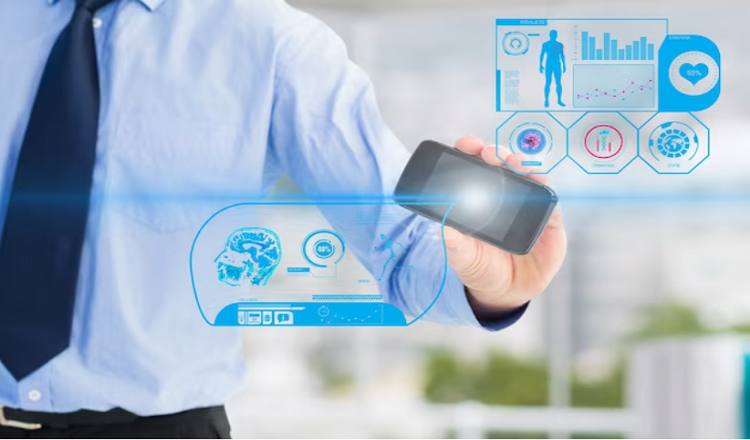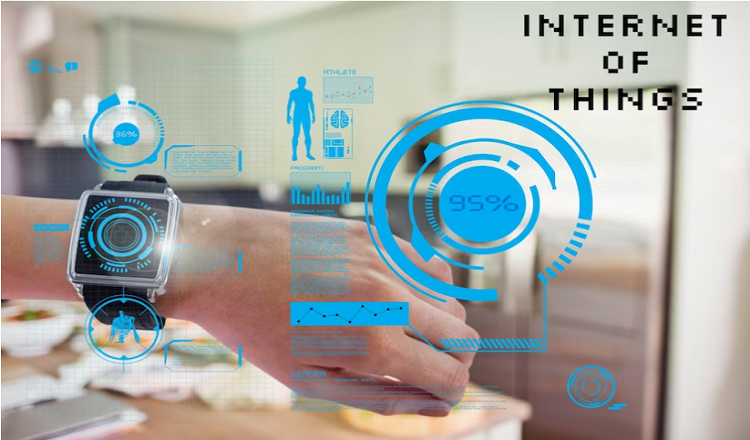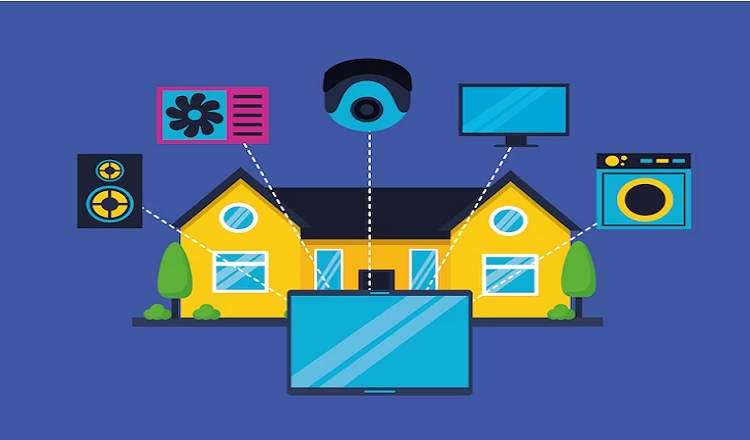In recent years, the Internet of Things (IoT) has become an increasingly prominent and important aspect of our daily lives. From smart homes to self-driving cars, IoT devices have transformed the way we live and work. And in the healthcare industry, IoT is quickly gaining momentum as a powerful tool for improving patient outcomes and advancing telemedicine.
Simply put, IoT refers to the network of physical devices, vehicles, and other objects that are embedded with sensors, software, and other technologies that enable them to connect and exchange data with each other and with the internet. In healthcare, this technology has the potential to revolutionize patient care by providing doctors and patients with real-time information and insights that can help prevent, diagnose, and treat a wide range of medical conditions.
One of the key areas where IoT is making a significant impact is in telemedicine, which involves the use of technology to deliver healthcare services and information remotely. By leveraging IoT devices such as wearables, sensors, and mobile apps, healthcare providers can monitor patients’ vital signs and health conditions, and provide remote consultations and advice. This not only increases access to healthcare for patients who may live in remote or underserved areas, but also allows for more efficient and cost-effective delivery of healthcare services. In this blog, we will explore the many ways in which IoT is transforming the healthcare industry and discuss the benefits and challenges of its increasing role in telemedicine. So let’s dive in and discover the exciting potential of IoT in healthcare!
Improved Patient Monitoring
Improved patient monitoring is one of the most promising applications of IoT in healthcare. By leveraging wearables and sensors, healthcare providers can monitor vital signs and health conditions of patients in real-time, providing timely interventions and preventing potential health issues. This data is collected and transmitted through IoT devices, providing doctors and patients with access to real-time information and insights that can help prevent, diagnose, and treat a wide range of medical conditions.
Continuous monitoring is particularly beneficial for patients with chronic diseases, such as diabetes and heart disease. By monitoring these conditions in real-time, healthcare providers can detect changes or anomalies in a patient’s health status and intervene before a crisis occurs. This can lead to better health outcomes, reduced hospitalizations, and improved quality of life for patients. Additionally, continuous monitoring can reduce the need for frequent in-person visits, allowing patients to receive more personalized and convenient care from the comfort of their own homes.
Remote Patient Consultations
Remote patient consultations are a growing trend in healthcare, and IoT devices are making these consultations even more accessible and convenient. Telemedicine can provide significant advantages for patients, particularly those who live in remote or underserved areas. By leveraging IoT devices, patients can connect with their healthcare providers and receive consultations remotely, without the need for travel or in-person visits.
IoT devices such as wearables and sensors can facilitate remote consultations by providing real-time data on patients’ vital signs and health conditions. This data can be shared with healthcare providers, allowing for more personalized and efficient care. Examples of remote consultations that can be conducted using IoT include virtual check-ups, remote monitoring of chronic conditions, and online consultations with specialists. With the help of IoT, healthcare providers can offer more convenient and accessible care, improving patient outcomes and quality of life.
Enhanced Medication Management
Medication management is a critical component of managing chronic conditions, and adherence to medication schedules can have a significant impact on patient outcomes. IoT devices can help patients manage their medication more effectively by providing reminders and alerts to take their medication on time. This can improve medication adherence and reduce the risk of complications or worsening of symptoms.
In addition to reminders, IoT devices can also help manage medication side-effects and reduce hospital readmissions. For example, sensors can monitor medication levels in the bloodstream and alert healthcare providers when dosage adjustments are needed. This can help prevent adverse drug reactions and ensure that patients are receiving the correct dosage of medication. Overall, IoT devices offer a powerful tool for improving medication management and helping patients achieve better health outcomes
Improved Healthcare Facility Management
IoT sensors are increasingly being used in healthcare facility management to monitor environmental conditions such as temperature, humidity, and air quality. This can help healthcare providers ensure that their facilities are operating at optimal levels, improving patient comfort and safety. In addition to improving patient outcomes, IoT can also offer significant benefits in terms of reducing maintenance and operational costs.
By monitoring facilities in real-time, IoT sensors can detect issues and prevent equipment failures before they occur, reducing the need for costly repairs and downtime. Additionally, IoT can have a significant impact on reducing the spread of infection in healthcare facilities. By monitoring air quality and other environmental factors, healthcare providers can identify areas that may be at risk for infection and take preventative measures to reduce the spread of disease. Overall, IoT offers a powerful tool for improving facility management and ensuring optimal patient outcomes.
Data Security and Privacy
Data security and privacy are critical concerns in healthcare, where personal health information is highly sensitive and confidential. The use of IoT devices in healthcare can potentially increase the risk of data breaches and cyber attacks, as these devices often collect and transmit large amounts of personal health data.
To ensure the security and privacy of IoT data in healthcare, best practices include implementing robust security protocols, such as encryption and firewalls, to protect against unauthorized access. Additionally, healthcare providers should ensure that their IoT devices are regularly updated and patched to prevent security vulnerabilities. Employee training and education are also critical in preventing data breaches, as human error remains a leading cause of security incidents. Overall, by implementing best practices for data security and privacy, healthcare providers can harness the power of IoT devices while ensuring the protection of patient data.
Future of IoT in Healthcare and Telemedicine
The potential for IoT to transform the healthcare industry is vast, with emerging technologies and trends poised to shape the future of healthcare and telemedicine. IoT devices have the potential to revolutionize how patients receive care, from remote consultations and virtual check-ups to continuous monitoring of chronic conditions.
Emerging technologies and trends that will shape the future of IoT in healthcare include AI-powered diagnosis and treatment, personalized medicine, and the integration of wearables and sensors into patient care. However, challenges such as data security and privacy, regulatory compliance, and the need for interoperability across devices and platforms will need to be addressed to ensure the successful adoption and integration of IoT in healthcare. Overall, the future of IoT in healthcare and telemedicine is bright, with the potential to deliver more personalized, efficient, and effective care to patients
Conclusion
In conclusion, the role of IoT in healthcare and telemedicine has the potential to transform the healthcare industry by improving patient outcomes, reducing costs, and increasing accessibility to care. Through the use of wearables, sensors, and other IoT devices, healthcare providers can monitor patients in real-time, facilitate remote consultations, and enhance medication management, all while maintaining data security and privacy.
Continued innovation and development in this field are critical to unlocking the full potential of IoT in healthcare. Emerging technologies such as AI-powered diagnosis and treatment, personalized medicine, and the integration of wearables and sensors into patient care offer promising opportunities to further improve patient outcomes and increase the efficiency of healthcare delivery.
Overall, the potential of IoT to improve healthcare outcomes is significant, but challenges such as data security and privacy, regulatory compliance, and interoperability must be addressed to ensure successful adoption and integration. As healthcare providers continue to embrace IoT technology, patients can expect to receive more personalized, efficient, and effective care, leading to better health outcomes and an improved overall healthcare experience




